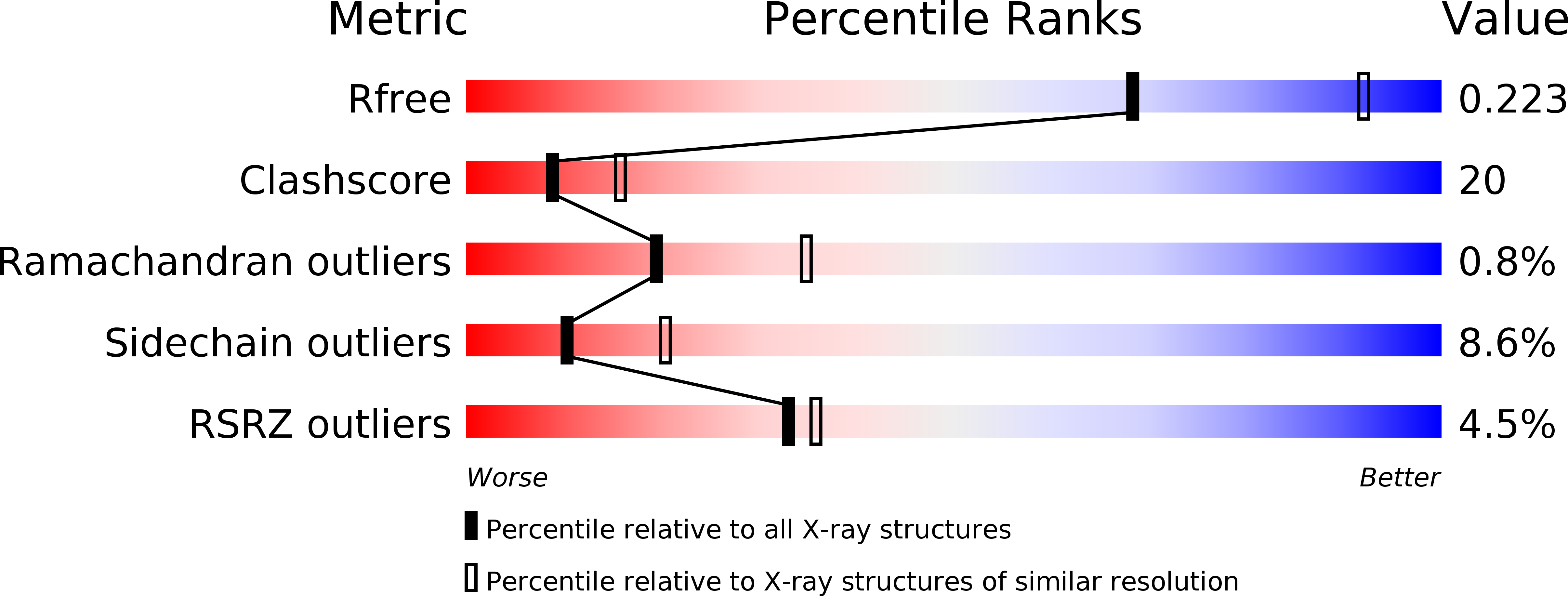
Deposition Date
2008-05-22
Release Date
2008-06-17
Last Version Date
2024-10-30
Method Details:
Experimental Method:
Resolution:
2.49 Å
R-Value Free:
0.22
R-Value Work:
0.18
R-Value Observed:
0.18
Space Group:
P 65 2 2


